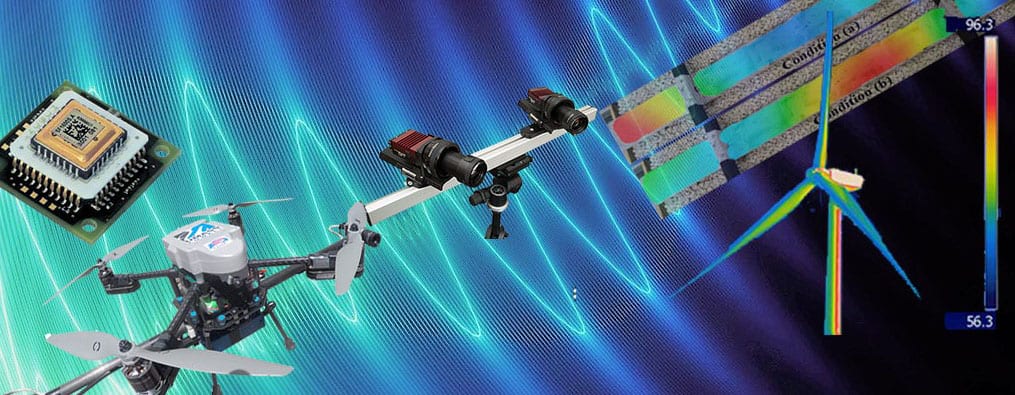
SHM of aging railway tracks is important for safety, to prevent catastrophic failure, and to reduce maintenance costs. With reference to crossties, they experience a number of failure modes such as center binding conditions. This failure mechanism is generated by different levels of abrasion experienced by the crosstie-ballast system at different location. In this situations, support of the ballast under the crosstie becomes concentrated rather than being uniformly distributed increasing the derailment risk. The research focuses on designing and validating a novel system for providing accurate in-track measurement of crosstie deflection profiles using 3D-DIC. In particular, the feasibility of using two or more sets of camera pairs attached to the underside of a rail car operating at full speed to observe a pattern projected on the railway track is analyzed.

The feasibility of the proposed 3D-DIC system has been validated through extensive experiments performed on a full-scale railroad track model, showing the capability of the method to extract the full-field out-of-plane displacement and the longitudinal profile of the crosstie with a resolution or 10-4 m and with accuracy comparable to that of traditionally employed methods (e.g., LVDT).

The system has been shown capable to extract the crossties deflection profiles as various ballast conditions are simulated even if a projected pattern is employed instead of a painted one. To finish, the study also considers the effects train-induced vibrations have on the measurements’ accuracy by designing an isolation system capable to maintain the robustness of the optically-based measurements.

SfM is a technique that allows building a 3D model of a target object from a dense sequence of 2D images. The research focuses on the preliminary design of a novel railroad tracks examination system that detects crossties’ vertical deflection using SfM techniques. It consists of eight cameras installed on the underside of a rail car to detect the displacements and the deformation shapes of the crosstie as loads are applied.

An evaluations of this system shown that this method is suitable for obtaining qualitative evaluations on the overall condition of the track from some major features, proving its efficiency in highlighting defects at a macroscopic scale (e.g. damaged crossties, missing or failing fastening systems). For validating the accuracy of the SfM-generated data as a quantitative assessment technique, a back-to-back comparison is made with 3D-DIC measurements. Results have proven that for extremely small displacements, the accuracy of the SfM system is deviates from DIC measurement (i. e. displacements on the same order of magnitude of the SfM noise-floor), while for higher displacements, the SfM detects deflections with good precision (error on the order of 10-4 m).


If fully developed, the proposed systems would enable track inspectors to perform more frequent, cheap, and cost-effective measurements of tracks while trains are moving at typical operating speeds (e.g. 60 mph). Indeed, some of the possible future development of this system is the design of automated and machine learning approaches for detecting track failures (e.g. damaged or missing crossties, loose fastening systems, deflection profile, etc.).
The publications describing the details of this research can be downloaded using the following links:
